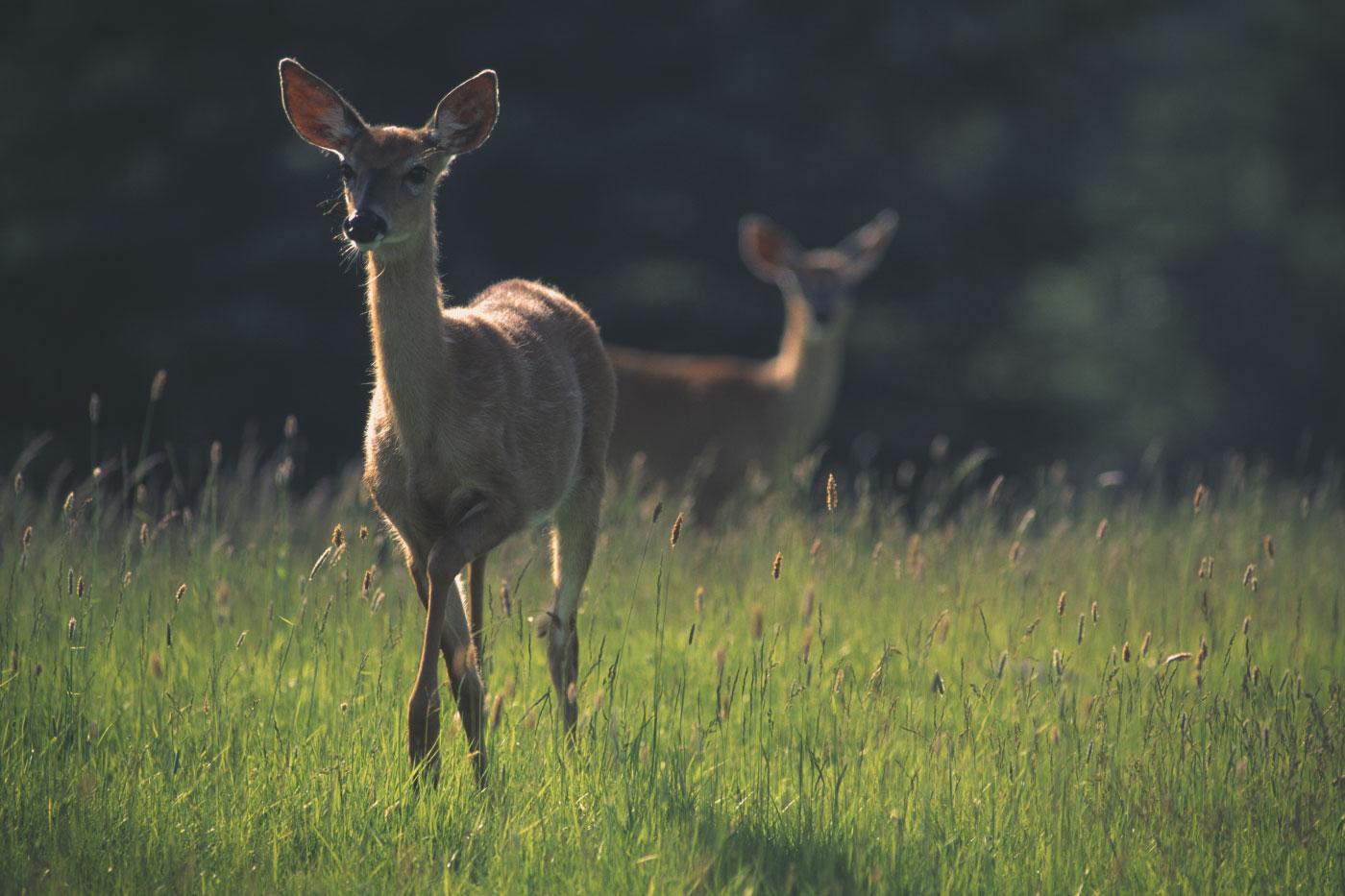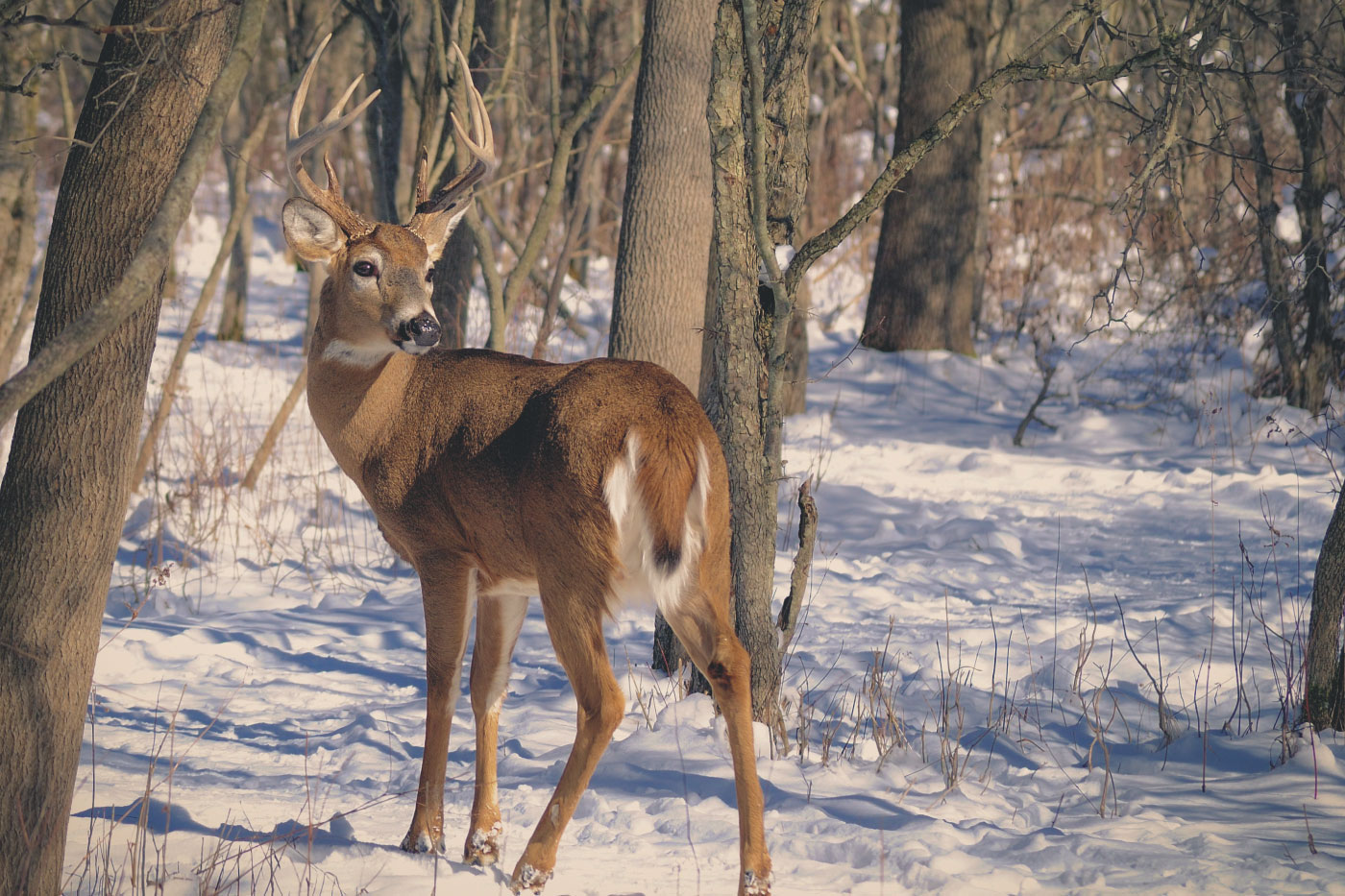Home » News » 5 Summer Suburban Bowhunting Tasks
5 Summer Suburban Bowhunting Tasks

A.J. DeRosa founded Project Upland in 2014 as an excuse…
1. Explore Non-Hunting Land
Suburban bowhunting grounds are a jumble of hunting and non-hunting landscapes. I am a firm believer in knowing as much as I can about a whole area rather than just the single hunting area. The summer months are a great time to explore the areas beyond the hunting ground and see what the deer are doing there. Many of us will find ourselves deep into the fall perplexed by an urban buck’s movements. If only we had explored the areas surrounding the hunting grounds months before!
2. Gather Intelligence
It’s impossible to gather too much intelligence when hunting whitetails with complex suburban patterns. I can get pretty invasive in the summer months when looking for the signs of seasons gone by in known and new buck core areas. Old rub lines hold a wealth of knowledge about natural patterns, specific buck behaviors, and potential fall killing grounds. Now is the time to make the move and get as much information as you can with as little harm done to regular patterns come the fall. Suburban bowhunters should make mental notes of runs, thickets, rub lines, bedding areas, and potential feeding grounds.
3. Expand Your Hunting Grounds
Not wearing camouflage, opting against carrying a weapon, and appearing like a mere outdoor enthusiast are some of the best ways to gain permission to new hunting grounds. The appearance of being a hunter often puts up an instant mental barrier with many suburban people. I often carry my camera just to spark a conversation. People will let their guard down and even let me park in their driveway. Leave the camouflage at home.
4. Set Goals, Get Organized
When I am in the woods during the summer months, it means I am starting on some goal for the coming season. Even if I have no intention to hunt in the fall, I plan like I am. The information I gather and the stands I place all start to fall into the same patterns of potential big buck sites. I mark them on maps and make notes of why I’m there. Even if I don’t hunt that year, I can easily pass along the information to friends and family. Often just the preparation of getting organized will spark further ideas that lead to successful suburban bowhunting.
5. Practice Shooting From Treestands
I wrote about this in a past article—when we step out of the controlled archery ranges that train Olympic athletes, we find ourselves in the unforgiving world of Mother Nature. This is the truth about suburban bowhunting. We need practice from treestand setups in real life hunting situations. Now more than ever is the time to practice these shots without hurting fall patterns. Cut shooting lanes, practice the worst case scenarios, and master the basic shots that will put food on your table.
A.J. DeRosa founded Project Upland in 2014 as an excuse to go hunting more often (and it worked). A New England native, he grew up hunting and has spent over 30 years in pursuit of big and small game species across three continents. He started collecting guns on his 18th birthday and eventually found his passion for side-by-side shotguns, inspiring him to travel the world to meet the people and places from which they come. Looking to turn his passion into inspiration for others, AJ was first published in 2004 and went on to write his first book The Urban Deer Complex in 2014. He soon discovered a love for filmmaking, particularly the challenge of capturing ruffed grouse with a camera, which led to the award-winning Project Upland film series. AJ's love for all things wild has caused him to advocate on the federal and state levels to promote and expand conservation policy, habitat funding, and upland game bird awareness. He currently serves as the Strafford County New Hampshire Fish & Game Commissioner in order to give back to his community and to further the mission of the agency. When those hunting excuses are in play, you can find him wandering behind his Wirehaired Pointing Griffon in the mountains of New England and anywhere else the birds take them.



